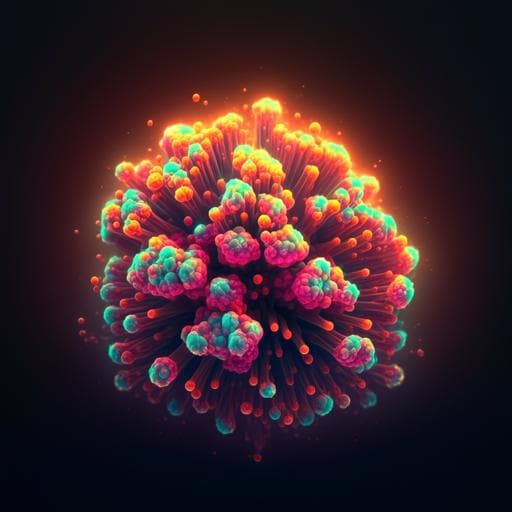
Chemistry
N-Heterocyclic carbene-based C-centered Au(I)-Ag(I) clusters with intense phosphorescence and organelle-selective translocation in cells
Z. Lei, M. Endo, et al.
Discover the groundbreaking synthesis of phosphorescent carbon-centered Au(I)-Ag(I) clusters facilitated by N-heterocyclic carbene ligands. Researchers from The University of Tokyo and the Institute for Molecular Science have unveiled a unique cluster that not only enhances radiative decay but also allows for specific organelle-selective imaging.
~3 min • Beginner • English
Related Publications
Explore these studies to deepen your understanding of the subject.







